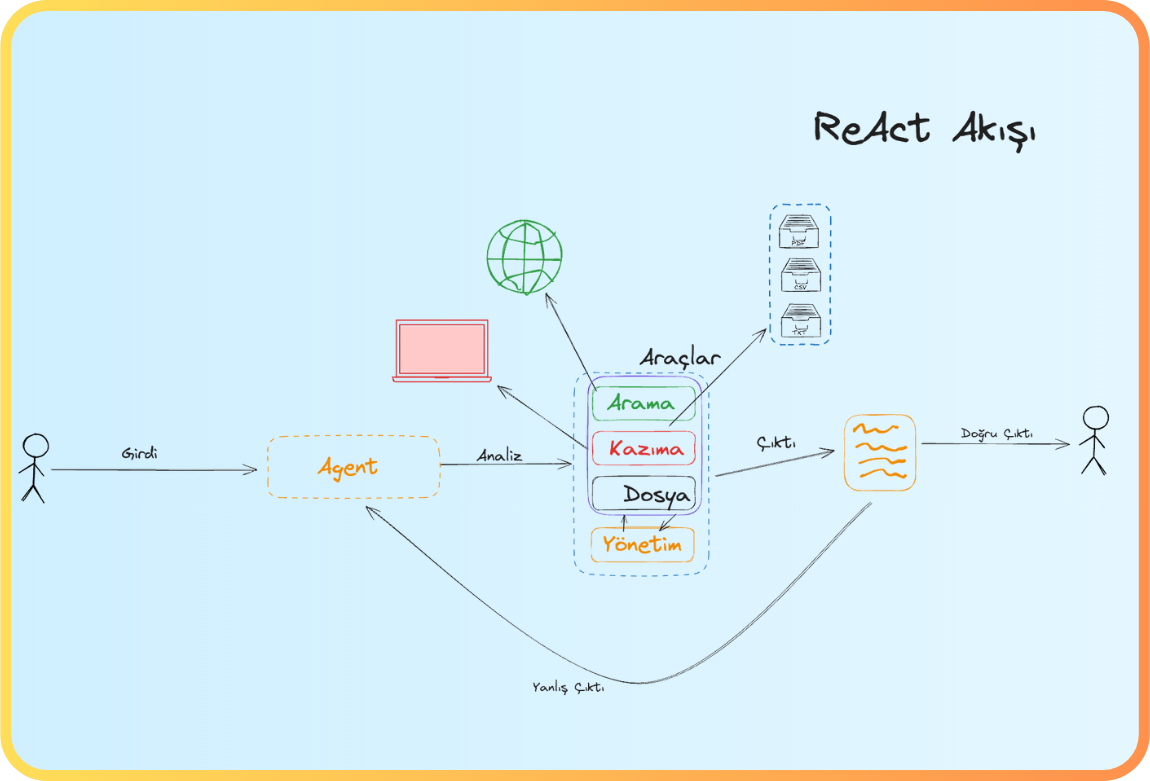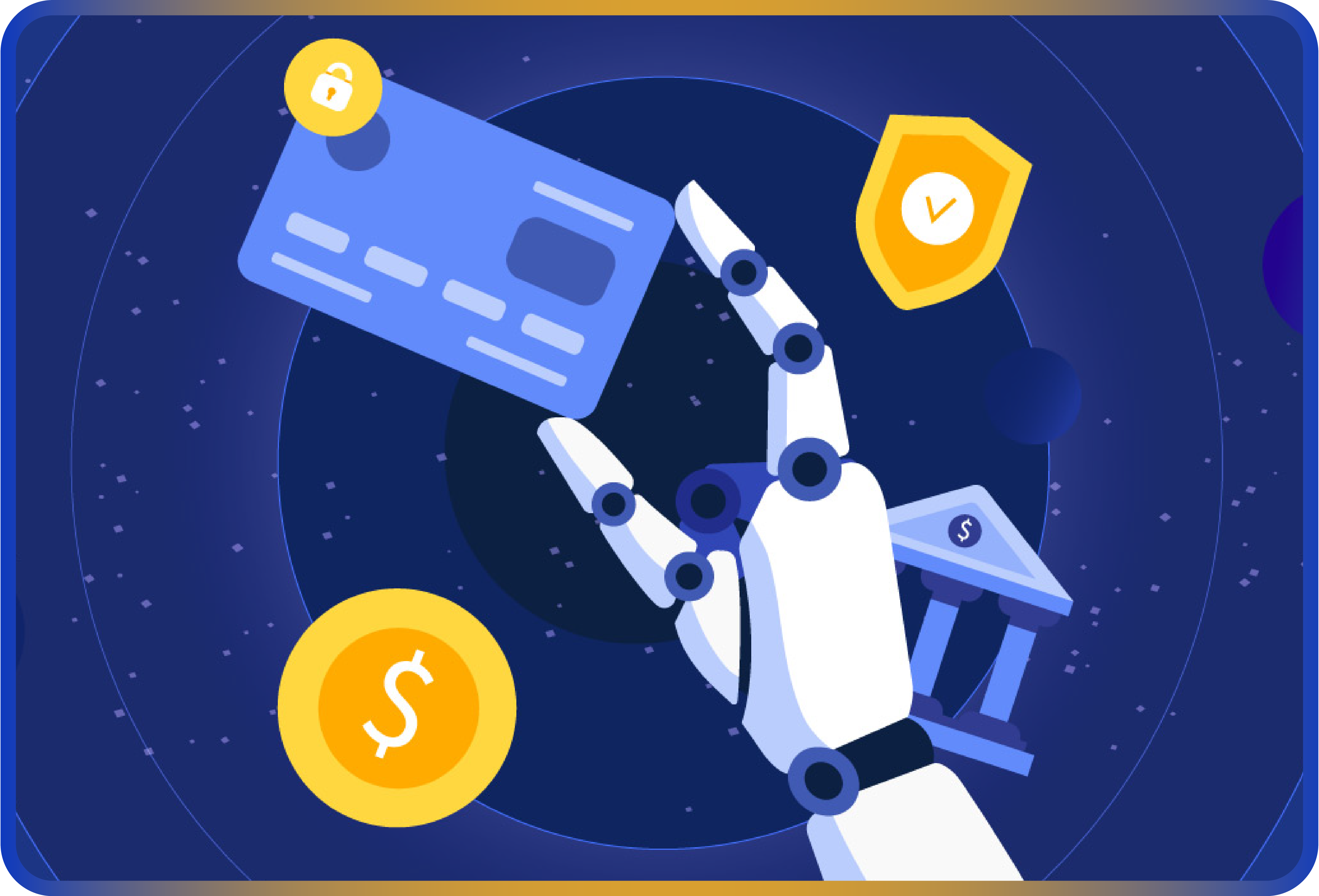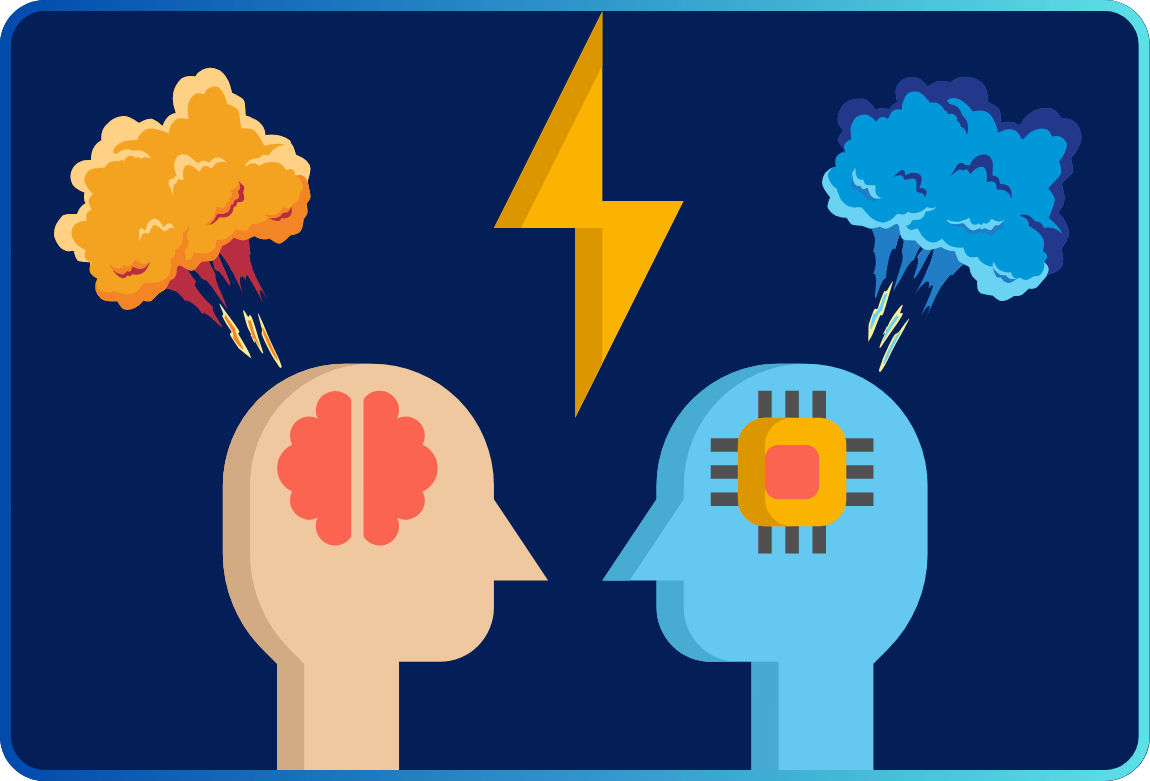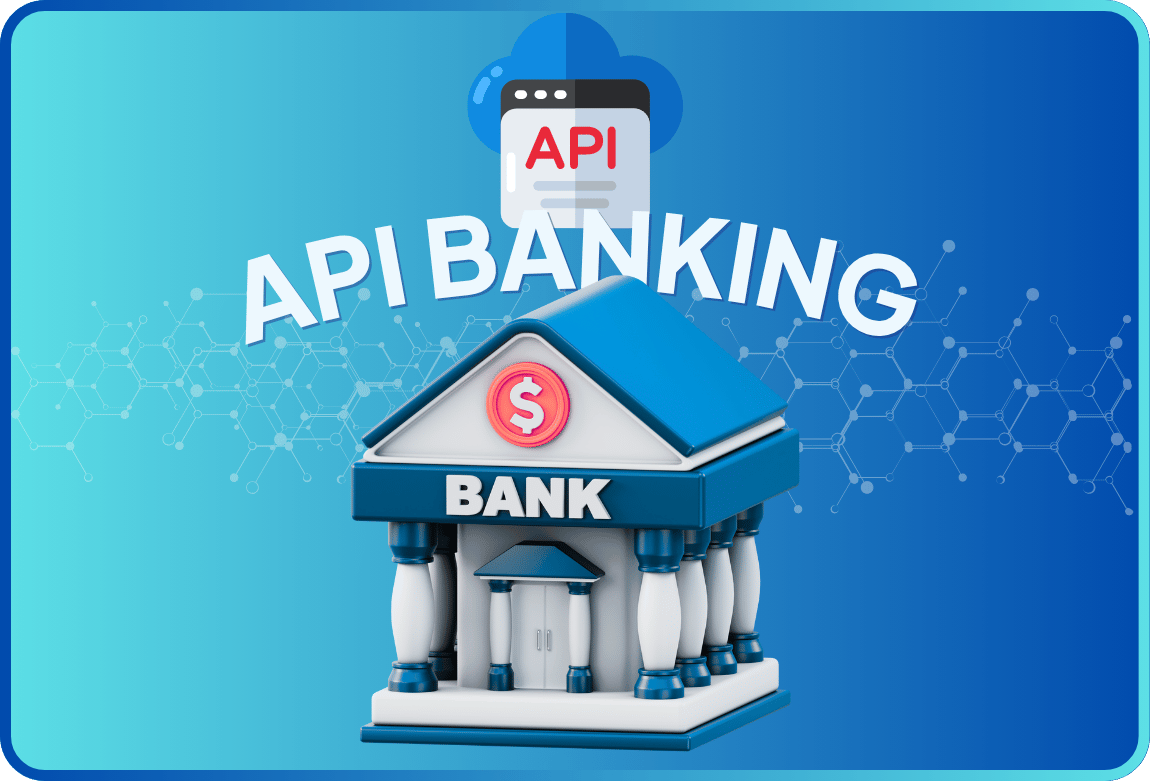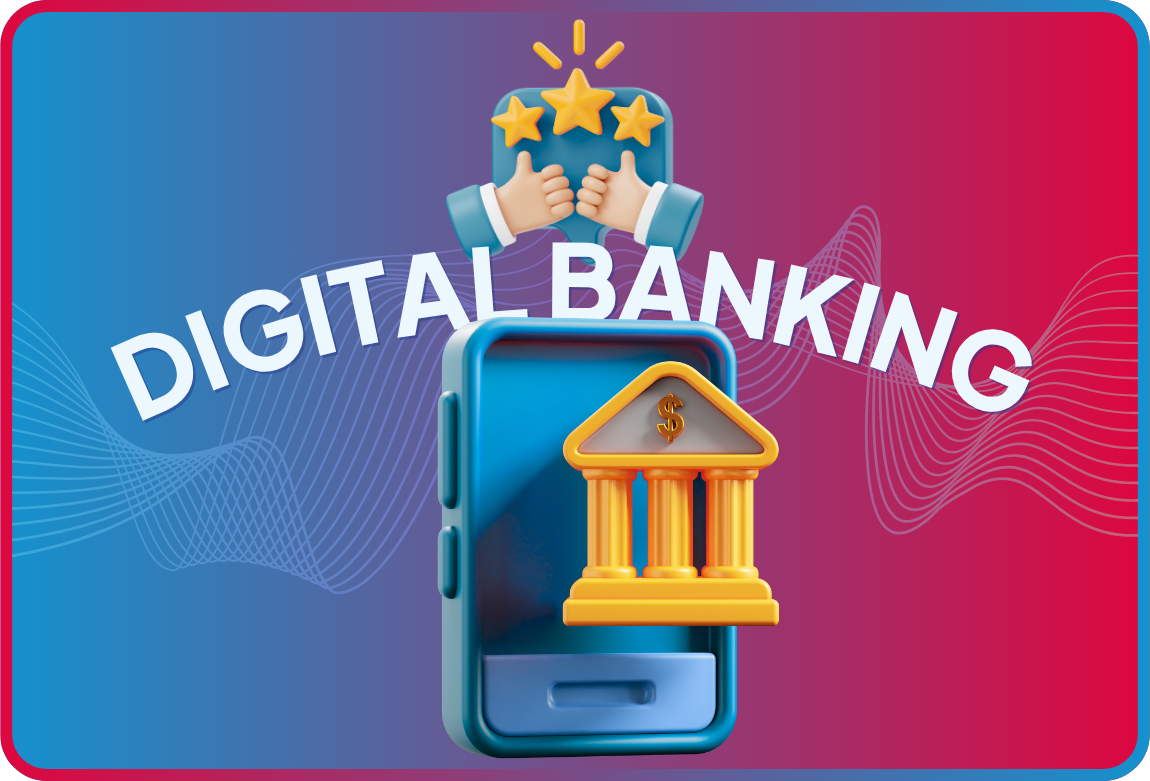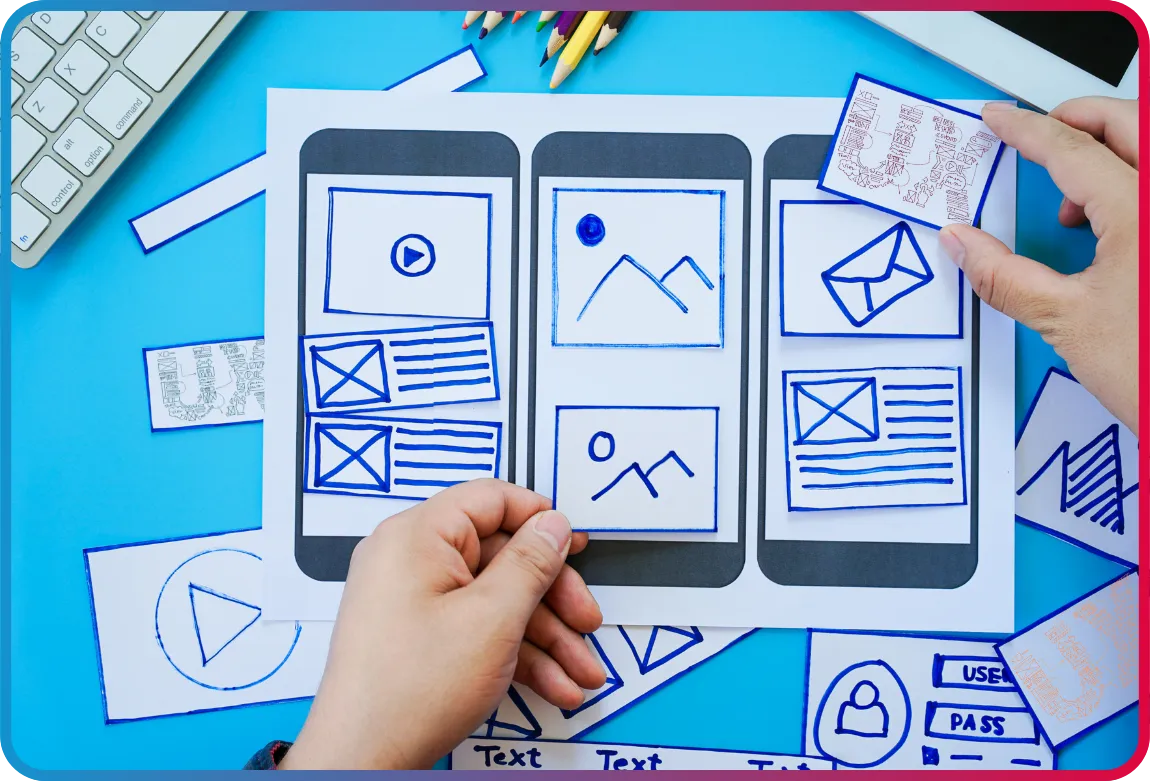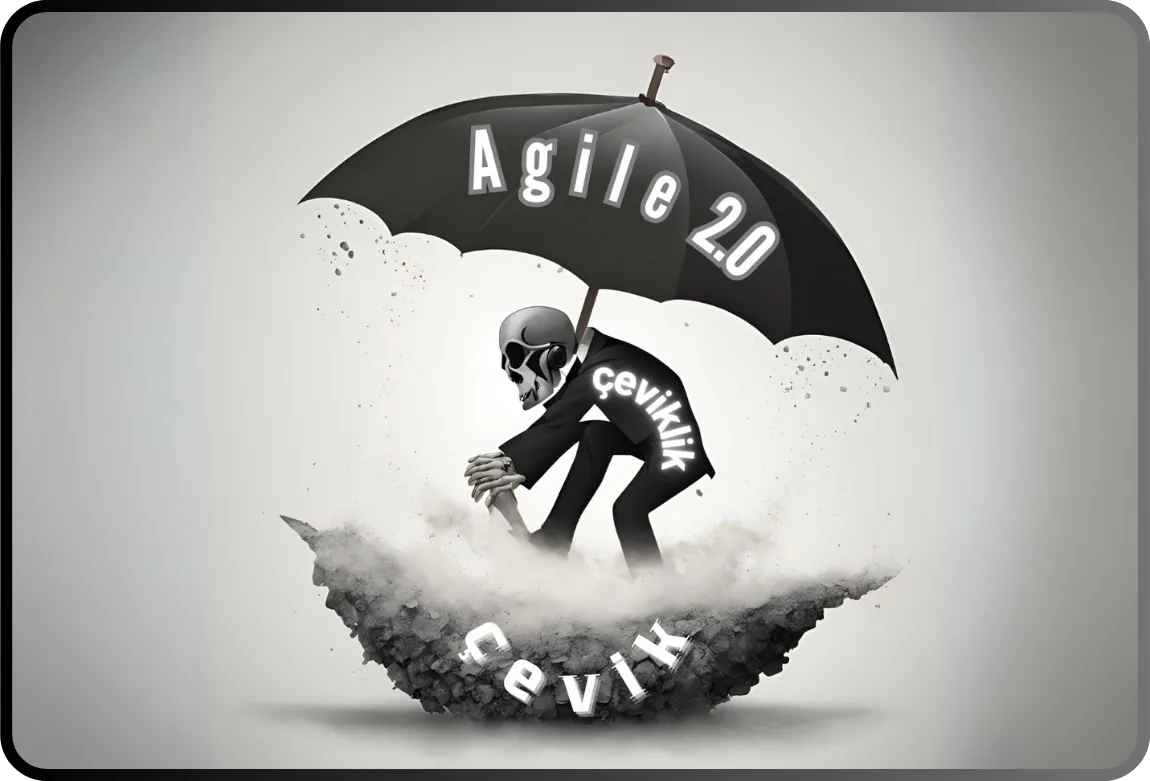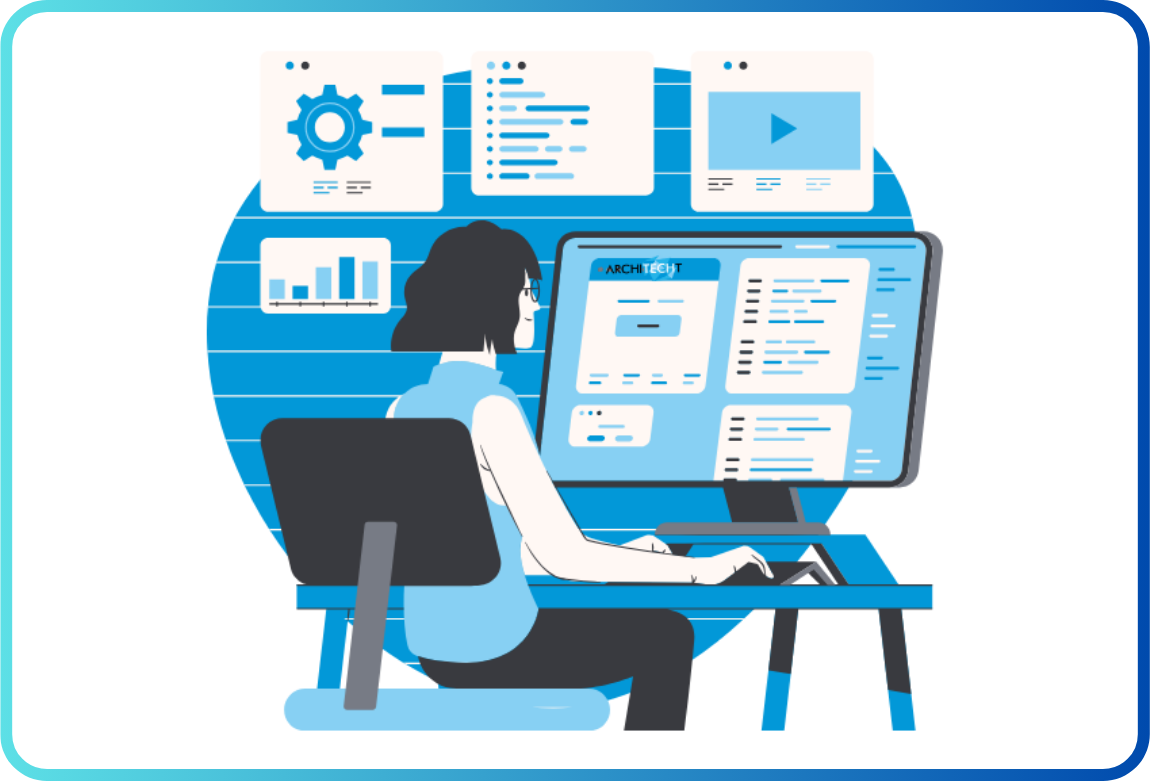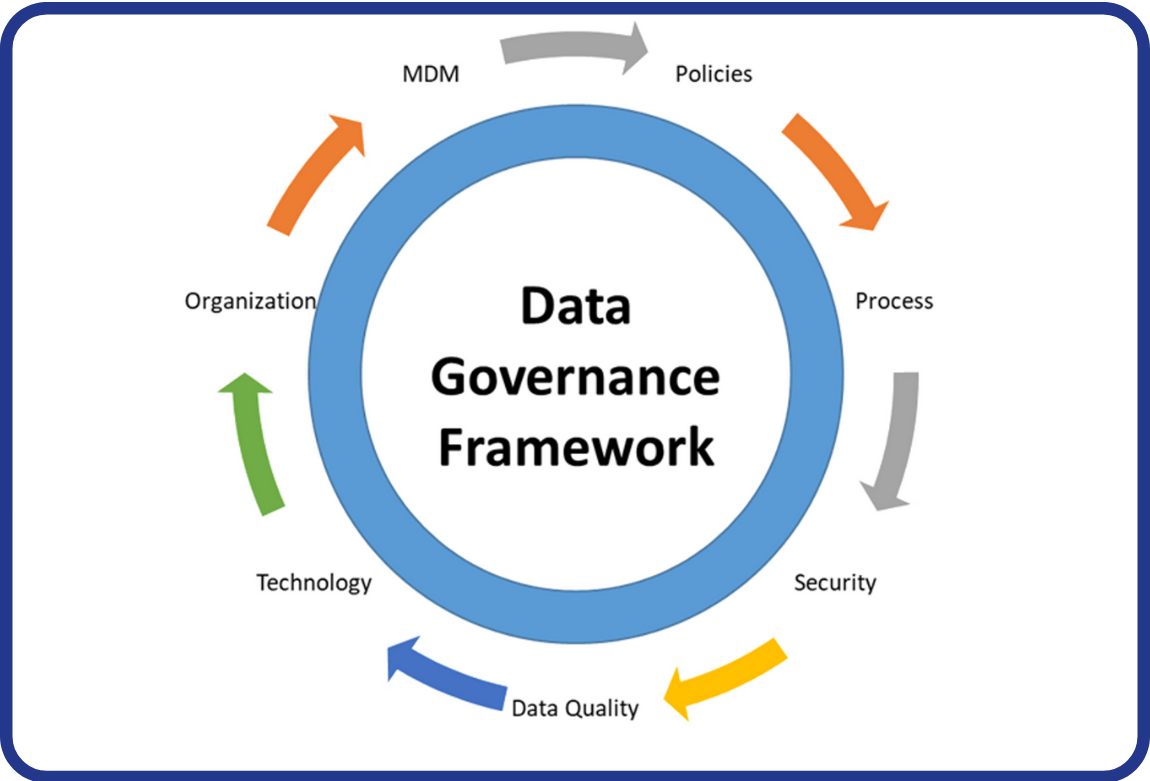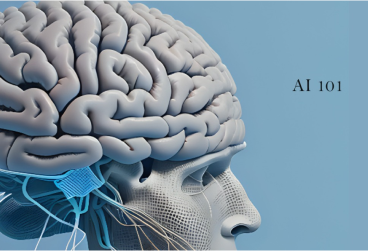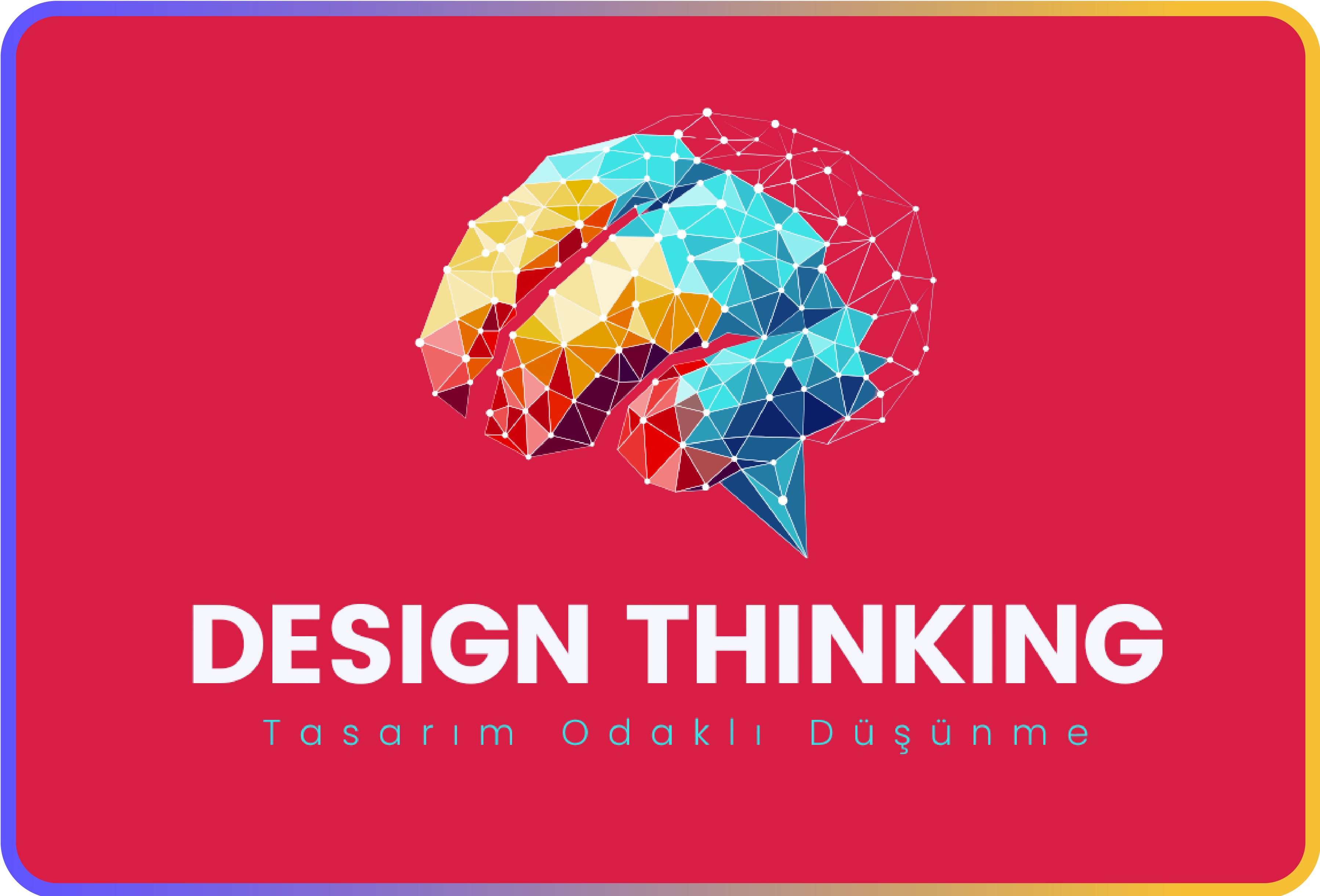
In the world of software development, the key to creating successful and user-friendly products lies in understanding user needs and providing the most suitable solutions. In this context, the Design Thinking approach offers a human-centered method that fosters innovation and adds value to software development processes.
This article explores what Design Thinking is, how it can be integrated into software development processes, and how it can make a difference for actively coding developers in detail.
Design Thinking aims to generate original and effective solutions to complex problems. This method involves empathy, evaluating different perspectives, trial-and-error, and continuous improvement processes. By focusing on understanding user needs, it provides solutions directly addressing the problems they face. It encourages thinking outside the box, facilitates the discovery of new ideas, and supports unconventional thinking.
It strengthens collaboration among individuals from different disciplines, enabling the production of more comprehensive solutions through collective intelligence. By allowing rapid modeling and testing of ideas, it helps identify errors early, paving the way for more effective solutions. This process minimizes time loss while enhancing user experience and delivering results that better meet expectations. Ultimately, Design Thinking makes problem-solving processes more efficient, offering individuals and businesses opportunities for differentiation and growth.
This method, which encourages collaboration among teams from diverse disciplines, is applicable not only for designers but also for a wide range of professionals, from software developers to project managers. Beyond designing products or services, this approach is highly effective for optimizing coding processes, improving software architecture, and producing creative solutions.
Design Thinking and Software Development Process
In software projects, the five basic steps of Design Thinking, shown in Figure 1, can be applied to improve user experience and provide solutions that meet their needs:

Figure 1. Design thinking stages
1. Empathize – Understanding Users
The first step in software development is understanding users’ expectations, needs, and challenges. Interviews, surveys, and observations with users play a critical role in identifying the problems the software should solve.
💡 Example:
While developing a mobile application, you may realize that the most frequently used features need to be more accessible. This leads to a less complex and more efficient user experience. Based on user feedback, you can create a modular structure. For instance, in an e-commerce website, the “Add to Cart” feature can be designed to activate only after product information is verified.
2. Define – Setting Clear Goals
Data collected during the empathy phase is analyzed to clearly identify the actual problems users face.
💡 Example:
While developing an API, you can first identify bottlenecks causing frequent performance issues. By using logging tools (e.g., Log4j, ELK Stack), you can analyze which parts of the code are causing performance problems and set clear goals to address the root cause.
3. Ideate – Developing Creative and Innovative Solutions
In this phase, brainstorming is conducted to generate various solutions to the problem.
💡 Example:
To improve the performance of a database query, instead of fetching data every time, you can use a caching mechanism. Technologies like Redis or Memcached can reduce unnecessary queries.
4. Prototype – Rapid Solution Development
Prototyping involves quickly developing a model to test user feedback.
💡 Example:
While developing a login system, you can first create and test a basic authentication system. Lightweight frameworks like Node.js or Flask can be used for rapid MVP development.
5. Test – Improving with User Feedback
Developed prototypes are tested with users to identify shortcomings, and necessary improvements are made throughout the process.
💡 Example:
If the loading time of a login screen in a web application is found to be too long, lazy loading techniques can be implemented at this stage. By adopting a Test-Driven Development (TDD) approach, you can use testing tools like Jest or Mocha to ensure code stability with every change.

Figure 2. Steps for Applying Design Thinking in Software Development
Contributions of Design Thinking to Software Development
The contributions of this method to software development can be summarized as follows, as shown in Figure 2:
1. Developing User-Centered Products
-
Contribution: Design Thinking enables a deep understanding of users’ needs, expectations, and problems, ensuring software products fully address their actual needs.
-
Example: In a mobile banking application, complex steps during money transfers can be identified and simplified with a faster transfer flow. For instance, a “quick transfer” button for frequently used accounts or a single-step transaction process can be designed, making operations easier and faster for users, thus increasing satisfaction.
-
Result: User satisfaction increases, and product adoption rates rise.
2. Encouraging Innovation and Creativity
-
Contribution: Brainstorming by teams from different disciplines fosters the emergence of innovative ideas.
-
Example: In a banking application, an AI-supported expense categorization feature can be added to enable automatic budget analysis. By analyzing users’ past spending, excessive spending categories can be identified, and savings recommendations can be provided.
-
Result: Offering personalized financial management increases customer loyalty and differentiates the banking application from competitors.
3. Early Error Detection and Cost Savings
-
Contribution: Prototyping and testing phases allow potential errors and shortcomings to be identified early.
-
Example: If a web application’s prototype reveals performance issues during user testing, these can be resolved before the product is launched.
-
Result: Project costs are reduced, and time loss is prevented.
4. Team Collaboration and Multidisciplinary Approach
-
Contribution: Design Thinking encourages collaboration among team members from different disciplines (designers, developers, product managers).
-
Example: In a software project, designers focus on user experience, developers on technical feasibility, and product managers on business goals to produce a joint solution.
-
Result: Richer and more diverse solutions are created.
5. Flexible and Adaptive Process Management
-
Contribution: Design Thinking increases flexibility in software development processes, allowing rapid changes based on user feedback.
-
Example: In a mobile application, when users request a new feature, it can be quickly prototyped and tested.
-
Result: The product adapts to user needs more quickly.

Figure 3. How to Use Design Thinking?
6. Improving User Experience (UX)
-
Contribution: Understanding and empathizing with user needs enables the design of more user-friendly interfaces and functional features.
-
Example: An AI feature that analyzes users’ spending habits and predicts their future financial status can be added. Users can see how much of their monthly spending is unnecessary or predict future cash flows. Personalized budget management recommendations can also be provided.
-
Result: Users spend more time using the application, and their loyalty strengthens.
7. Sustainable and Scalable Solutions
-
Contribution: Design Thinking promotes the creation of sustainable and scalable software architectures in the long term.
-
Example: While developing an API, a modular structure can be designed based on user needs, allowing easy adaptation to future requirements.
-
Result: The software requires less maintenance in the long term, and adding new features becomes easier.
8. Quality Improvement with Test-Driven Development (TDD)
-
Contribution: Design Thinking supports the Test-Driven Development (TDD) approach, increasing software quality and reliability.
-
Example: In an e-commerce website, automated test scenarios can be created to detect errors in the payment process.
-
Result: The software operates with fewer errors, and user trust increases.
9. Rapid Response to User Feedback
-
Contribution: Prototyping and testing phases enable quick evaluation and integration of user feedback into the product.
-
Example: In a social media application, when users request a new filter, this feature can be quickly developed and tested.
-
Result: User expectations are met promptly, and the product remains up-to-date.
10. Competitive Advantage and Market Differentiation
-
Contribution: Design Thinking provides a competitive advantage by developing user-focused and innovative products.
-
Example: In a financial application, a new feature addressing users’ budget management needs (e.g., automatic savings recommendations) can be offered.
-
Result: The product differentiates itself from competitors, increasing market share.

Figure 4. New Questions and Answers with Design Thinking
Conclusion
Design Thinking fosters innovation, increases user satisfaction, reduces costs, and provides a competitive advantage. By adopting this approach, software teams can develop more successful, sustainable, and effective products. It also creates a more efficient collaboration environment among project stakeholders.
✔ With the principle of less code complexity, more efficient algorithms, and better user experience, Design Thinking is a powerful tool for accurately analyzing user requirements, developing technical solutions accordingly, and continuously improving.
References
[1] Atak, A. (2023). Tasarım Tabanlı Düşünme: İnovasyon, Kullanıcı Odaklılık ve Problem Çözme Aracı. Marmara Üniversitesi Sanat Ve Tasarım Dergisi, 14(2), 133-152.
[2] Brown, T. (2008). Design thinking. Harvard Business Review, 86(6), 84-92.
[3] Avcu, Y. E., & Er, K. O. (2020). Design Thinking Applications in Teaching Programming to Gifted Students. Journal of Educational Technology and Online Learning, 3(1), 1-30.
[4] https://www.canva.com/learn/design-thinking/
[5] https://theuxda.com/blog/design-thinking-determines-success-in-digital-age


 Back
Back


